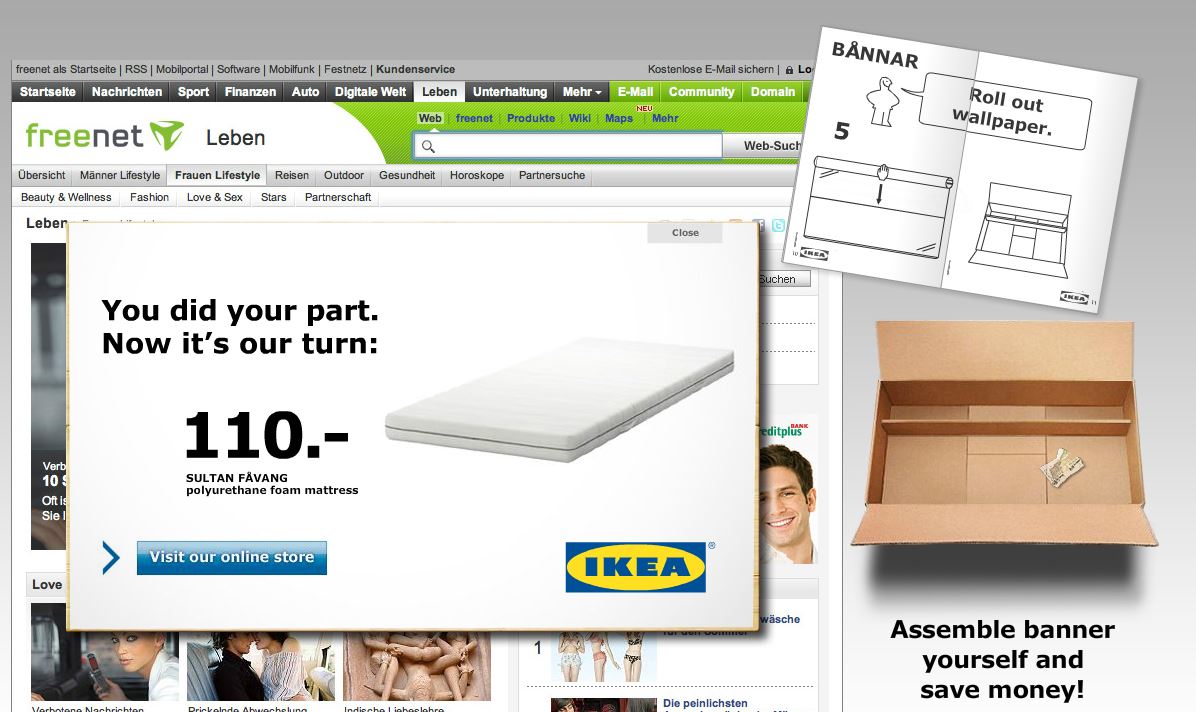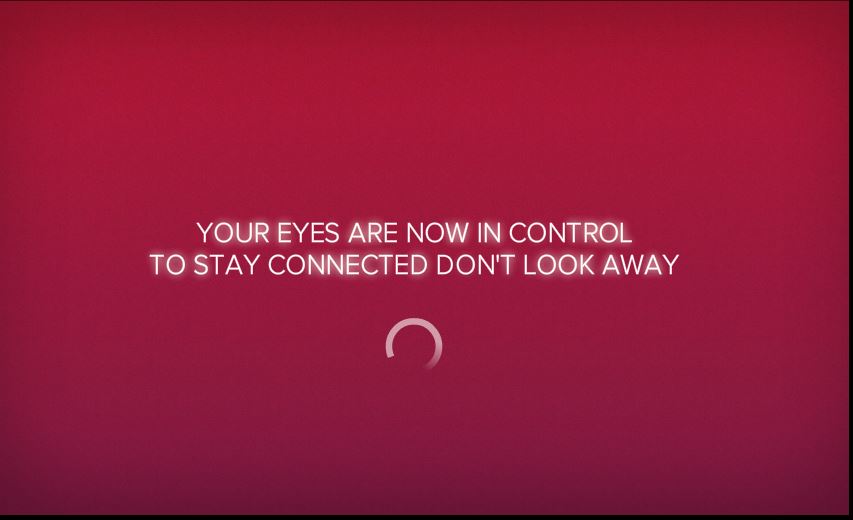By Drew Wilson
None of yinz have jagged me abaht the way I talk n’ at. Thanks, I appreciate it. Of course, if you’re not from Pittsburgh, you probably need me to translate. I just pointed out that no one has teased me for speaking Pittsburghese. It’s a real thing. Slate.com, the New York Times, as well as a number of academic research papers by linguists – have written about the Pittsburgh dialect, more commonly known as Pittsburghese. On a negative note, more recently, Gawker declared it the ugliest accent in the United States.
Ugly or not – and technically it’s a dialect, not an accent – in Pittsburgh, the people who speak it are often referred to as “Yinzers,” a word that comes from the way Pittsburghers have their own third person plural, “yinz,” which is really a derivation of the southern, “y’all”. Even in Pittsburgh, to be referred to as a “Yinzer” can be both a form of ridicule – “He’s just a dumb Yinzer; he doesn’t know anything.” – or a form of reverence – “Joe won $1,000 on the lottery and donated half of it to Children’s Hospital. He’s a true Yinzer.”
Into this linguistic stew, I want to introduce you to “Pittsburgh Dad,” a series of YouTube videos produced by Chris Preksta and Curt Wootton where the main character (and most times only character) is Pittsburgh Dad. The basic premise of the video series is that everyone who has grown up in western Pennsylvania, even if their own father wasn’t like the main character, knows someone just like the Pittsburgh Dad. Here is a sample:
Humor certainly can be subjective, and I’m prepared for my classmates to not get any of the inside jokes in Pittsburgh Dad, but there can be no denying that Wootton and Preksta’s Pittsburgh Dad series has tapped into something that resonates with western Pennsylvania residents past and present. Preksta, who films and writes the videos, and Wootton, who plays Pittsburgh Dad, never intended this to be a series, and produced it more or less as a lark, but the first one went viral, as does every new installment shared by fans across the region and transplanted Pittsburghers across the country. The number of views of these short films always tops 100,000 views and some get close to half a million views. Here is a video of them talking about the phenomenon known as Pittsburgh Dad.
According to Jonah Berger in his book, “Contagious,” humor can generate high arousal responses, and Wootton and Preksta have moved beyond the reaction “ha, that’s amusing,” to a more viral, “OMG, this is hilarious and you have to watch this.” (Or maybe, the more authentic reaction is “yinz gotta see ‘is.”) With its popularity, Pittsburgh Dad has generated revenue for the duo in ways that couldn’t have been dreamed of when they put the first one on YouTube. There is merchandise to be purchased: https://shopsteelcity.com/collections/pittsburgh-dad and they have begun to be featured on local television commercials for other products like this one for Turner Dairy Farms: https://www.youtube.com/watch?v=IlkPDRYU2eE
Or as Pittsburgh Dad might say when he is counting down the final seconds of a Steelers’ victory: “3, 2, 1…win!”
References
Berger, J. (2013). Contagious: Why some ideas die and others survive. Random House.
Malady, M.J.X., (2017). Where yinz at? Why Pennsylvania is the most linguistically rich state in the country. Slate.com. Retrieved from: http://www.slate.com/articles/life/the_good_word/2014/04/pennsylvania_dialects_from_pittsburghese_to_philadelphia_speak_the_keystone.html
Sultan, T. (2006). It’s not the sights, it’s the sounds. New York Times. Retrieved from: https://www.nytimes.com/2006/03/17/travel/escapes/its-not-the-sights-its-the-sounds.html





![Vacationing the Social Media Way [Infographic]](https://www.mdgadvertising.com/wp-content/uploads/2012/08/Artboard-7-1.jpg)


